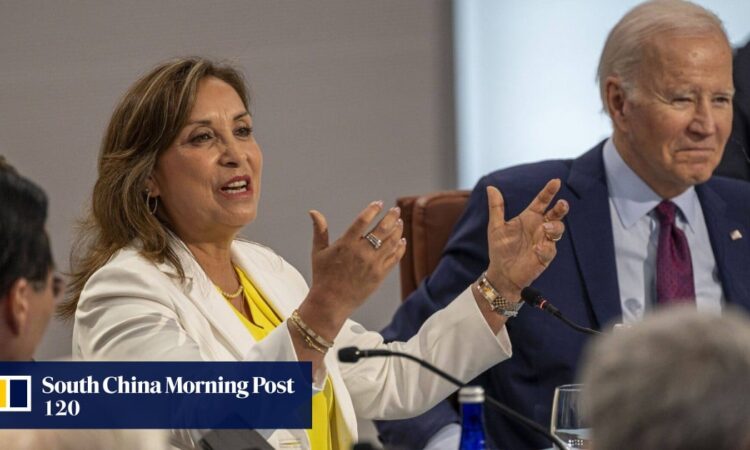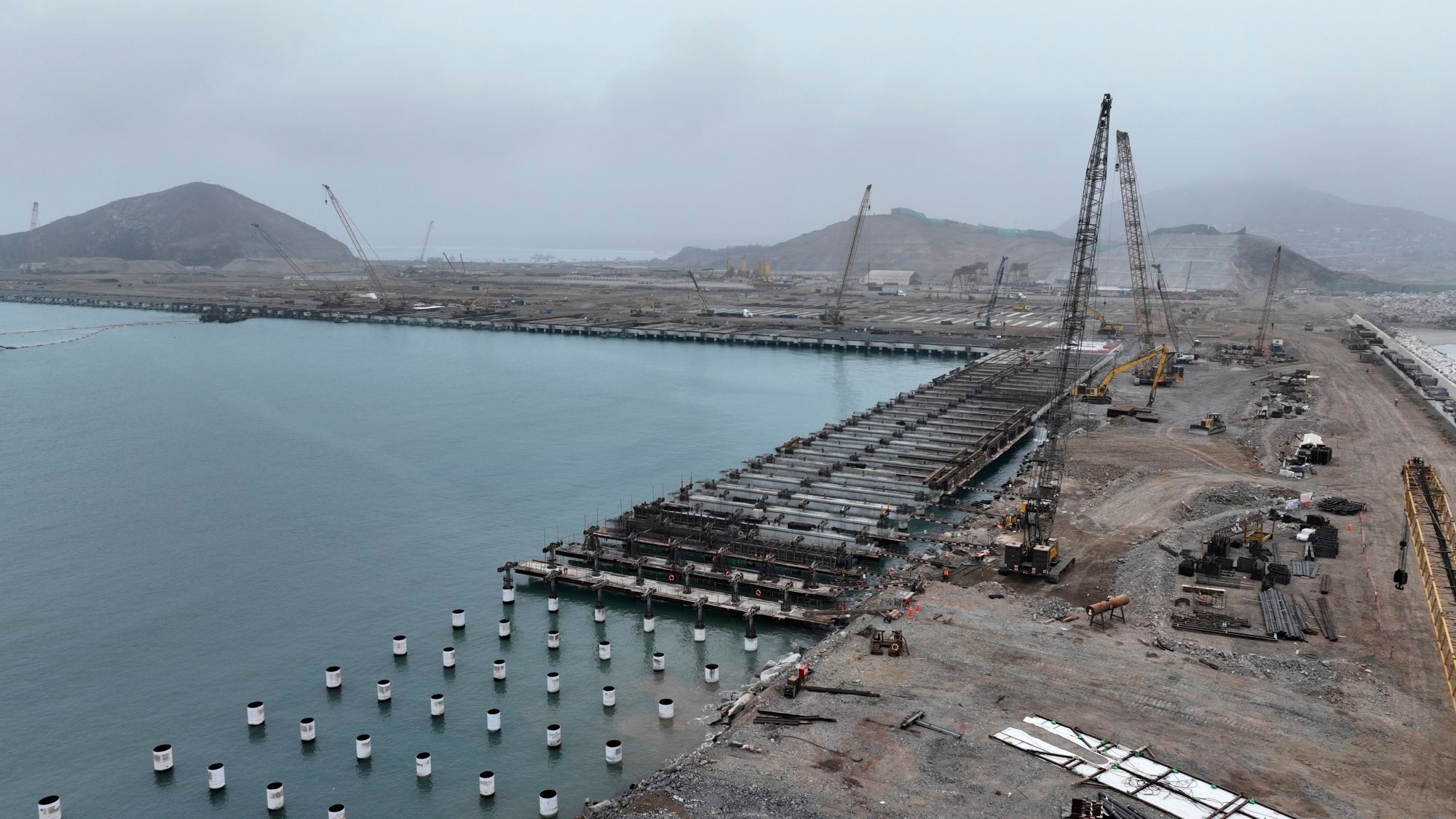Exclusive: US, China need to engage more with developing Apec economies, trade chief of 2024 host nation Peru says

He said Lima would focus on highlighting the benefits of expanding trade and diversifying investment while defending the importance of Apec, even at a time of growing geopolitical differences between its 21 members.
“Peru has 22 free trade agreements and in the last two days here in San Francisco, we have been working to sign new ones with Thailand, Indonesia, India and Hong Kong. Even though it is not a forum for trade negotiations, this annual meeting makes the talks easier,” he said.
“Over the years, our membership has had a positive impact, which is reflected in greater trade openness, job creation and small business empowerment … This is why we continue to invest [in Apec].”
Organising the summit for the third time in 25 years would also allow Peru to present the country to investors from all over the world.
Addressing a gathering of global business leaders, on Thursday, President Dina Boluarte pledged to finalise the initial phase of the Port of Chancay’s development by next November, coinciding with Lima’s hosting of the international summit.
The estimated US$3.6 billion project has been designed to link South America with key Asian nations. The proposed structure, capable of handling large vessels, positions Peru to become a major global freight hub.

China is not only financing but also helping to build the facility. Since 2021, around 2,000 workers from China Harbour Engineering Company and China Communications Construction Company have been active at the construction site. Upon completion, Cosco Shipping, a Shanghai-based state-owned multinational, will control 60 per cent of the port.
Rejecting the American suspicions, Mathews said: “Peru is not married to anyone, but is open to business with the whole world.
“It’s not as if the Americans and Europeans were not invited to invest. They were. But the Chinese were more proactive and came first.
“[The West] cannot expect us to refuse partnerships. We have gaps to fill, we have an infrastructure deficit of US$360 billion. Any company interested in helping us is welcome. Bring the money.”
Mathews also emphasised the evolving nature of Peru’s investment and trade relations with the US and China.
While China has maintained its position as Peru’s top trading partner since 2014, its focus has traditionally been on buying commodities, including minerals, flour and fish. Conversely, the US has historically shown a preference for engaging with Peru’s manufacturing sector, which plays a greater role in job creation and technological advancement.
However, in recent years, Beijing has expanded cooperation in areas such as ports and energy.
“This has caused concern among our Western partners because they are entering strategic sectors. But it also motivates us to tell the world that we are open to investment in different areas and from different sources.”
Apec: China’s commerce minister condemns chip controls and ‘smears’ at G7
Apec: China’s commerce minister condemns chip controls and ‘smears’ at G7
In addition to looking for ways for the US and China to go beyond their bilateral concerns and work together for Apec members in Latin America, Mathews also said he wanted to expand the need “not just for pure direct investment, but for joint ventures with companies on the ground”.
“Joint ventures bring the most benefit because they involve the transfer of expertise and help foreign companies navigate a complex market with cultural and political issues where a local partner can be useful.”







